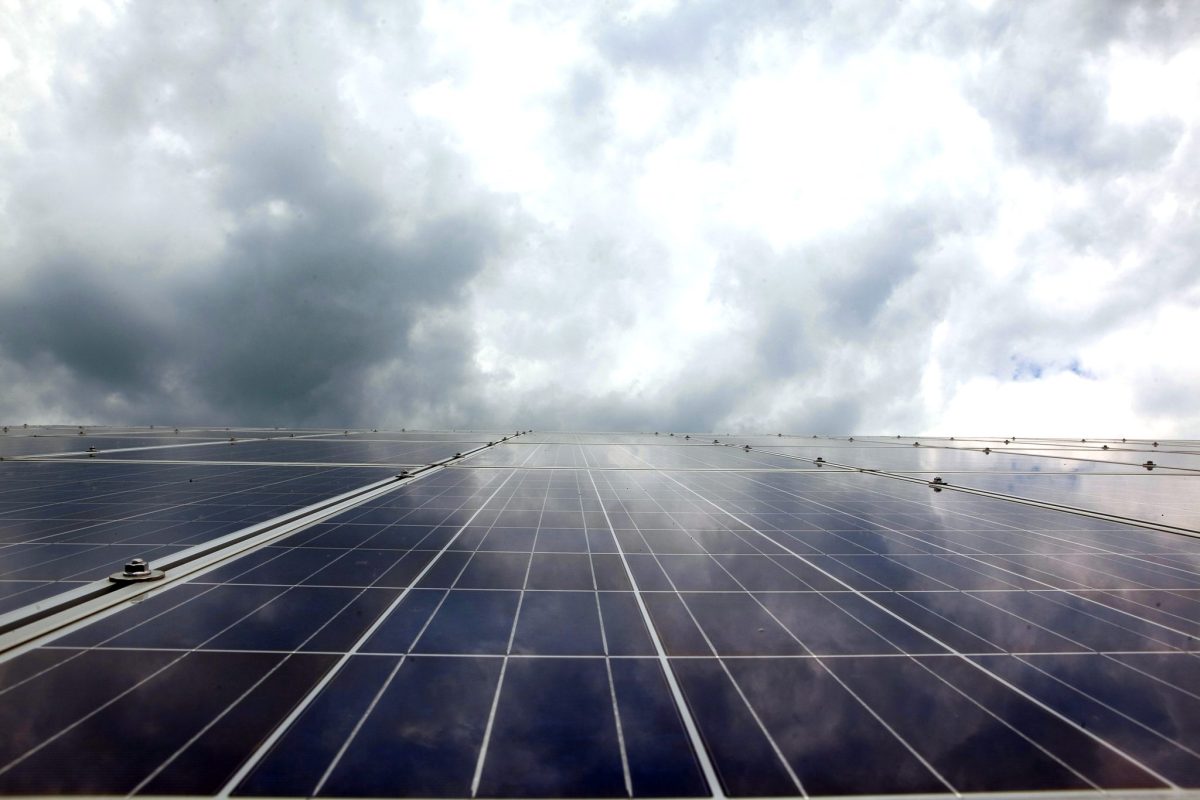Global investment in the low-carbon energy transition surged to a record US$1.8 trillion last year, reflecting a 17% increase, according to BloombergNEF.
Yet the current level of investment in clean energy technologies is not nearly sufficient to set the world on track for net zero by mid-century.
BloombergNEF’s Energy Transition Investment Trends 2024 report found that investment in energy transition would need to average $4.8 trillion per year from 2024 to 2030 to align to its Net Zero Scenario — a Paris Agreement-aligned trajectory from the 2022 New Energy Outlook. This is nearly three times the total investment seen in 2023.
“Our report shows just how quickly the clean energy opportunity is growing, and yet how far off track we still are,” said Deputy CEO of BloombergNEF Albert Cheung.
“Energy transition investment spending grew 17% last year, but it needs to grow more than 170% if we are to get on track for net zero in the coming years. Only determined action from policymakers can unlock this kind of step-change in momentum.”
Where investment was made
The renewable energy sector grew by 8% to US$623 billion, but was surpassed by electrified transport which emerged as the leading sector after growing by 36% to US$634 billion.
Power grids secured the third spot with US$310 billion in investments. Remarkable growth was also observed in hydrogen, carbon capture, and energy storage investments, which tripled, doubled, and rose by 76% respectively.
Leading the change was China, with a US$676 billion investment, for 38% of the global total. Meanwhile, the combined efforts of the European Union, the United States, and the United Kingdom amounted to US$718 billion, with the UK’s investment skyrocketing 84% amid a surge in electric vehicle sales and renewable energy investments. The EU and US saw their investments grow by 35% and 22%, respectively.
However the current investment pace leaves quite the gap to reach what’s needed to reach net-zero by 2050, underscoring the urgent need for increased financial commitments to clean technology across the globe.
Other climate-aligned funding
On top of tracking the funding for clean energy deployment and clean energy supply chain investment, the report also tracks two other types of funding — climate-tech equity raising and energy transition debt issuance.
Climate-tech equity raising
Equity raised by companies focused on climate and the energy transition ($84 billion in 2023)
- This figure has fallen for the past two years, as rising interest rates have made it harder for companies to raise capital. Companies had raised US$168 billion in 2021 and US$127 billion in 2022.
- Clean energy-focused companies raised more equity than any other sector in 2023, at US$49 billion.
- Companies in the clean transport sector saw funding drop the most sharply, from US$47 billion raised in 2022 to just US$18 billion in 2023. Transport remained the second-largest funding sector, followed by Industry, Buildings, Agriculture and ‘Climate and Carbon’.
Energy transition debt issuance
Debt issued by companies and governments to fund the energy transition ($824 billion in 2023)
- This figure rose by 4% in 2023 after dropping 10% in 2022. Stabilising or falling interest rates in various markets helped companies and governments raise debt for energy transition purposes and these trends are reflective of the broader market.
- Utilities raised the most debt for the energy transition ($328 billion), followed by financial institutions (US$176 billion) and governments (US$141 billion)
- Oil and gas companies’ energy transition debt issuance fell to US$8.3 billion, down from US$17.5 billion in 2022.
Energy Transition Investment Trends is BloombergNEF’s annual review of global investment in the low-carbon energy transition. It covers a wide scope of sectors central to the transition, including renewable energy, energy storage, nuclear, hydrogen, carbon capture, electrified transport and buildings, clean industry, clean shipping and power grids.
BloombergNEF compiles the data through a combination of bottom-up research on hundreds of thousands of individual deals and projects, aggregated estimates for consumer-led technologies, Bloomberg terminal data and other third-party sources.
A high-level summary of the Energy Transition Investment Trends 2024 report is available from BloombergNEF here.

